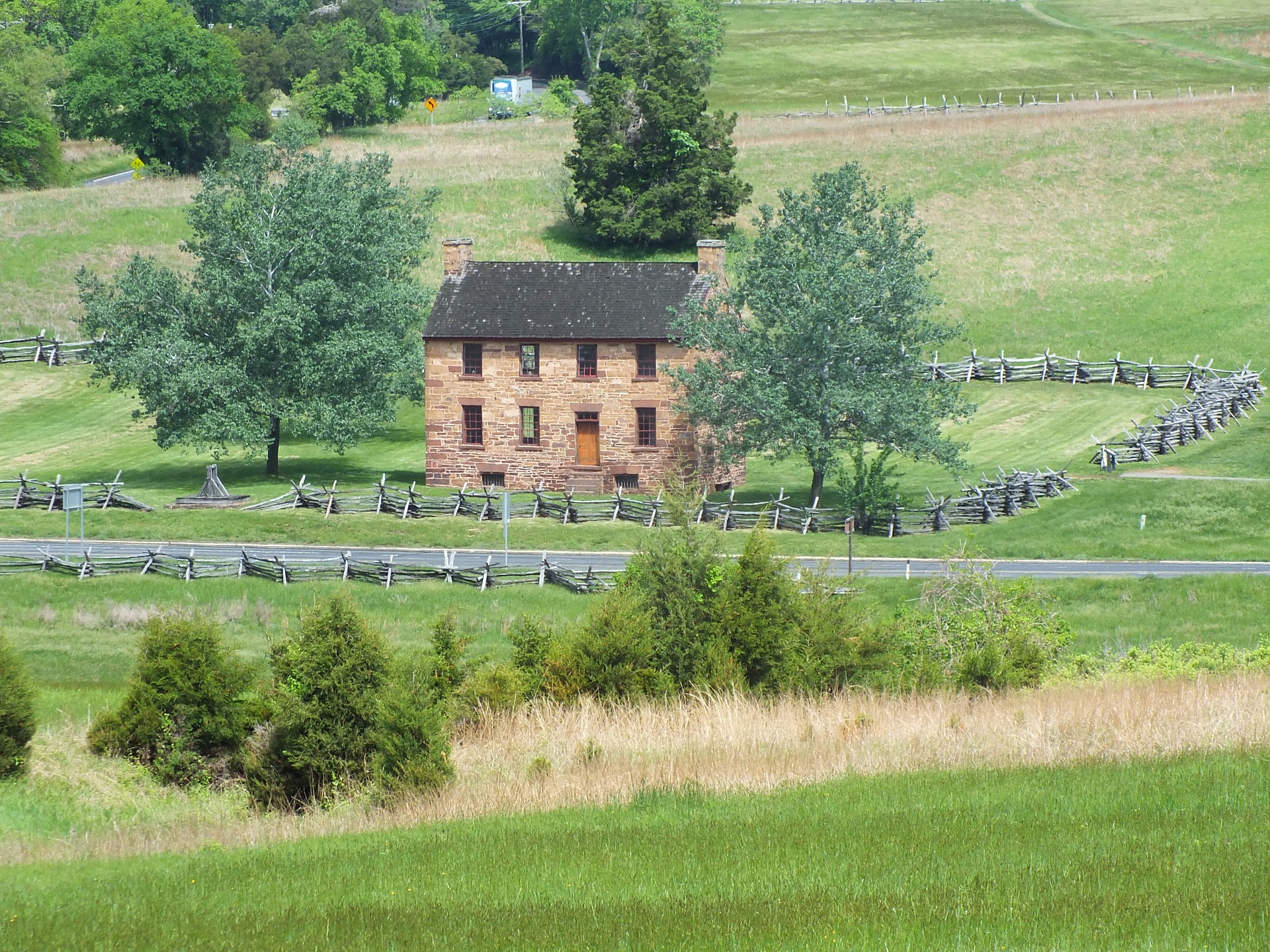The pursuit of sustainable and efficient energy has been a long-standing quest for humanity. Among the many options available, wood-burning has stood out as a reliable, renewable, and efficient source. Wood-burning has been used for eons and still finds relevance in modern times. This article will delve into the secrets of wood-burning efficiency as it applies to the residents of Manassas, VA.
At the heart of wood-burning efficiency is the concept of complete combustion. This concept implies that for every piece of wood burned, the maximum amount of heat is generated and the least amount of residue is left behind. Achieving complete combustion is a delicate balance that requires a keen understanding of the factors at play.
It begins with the choice of wood. Hardwoods like oak, hickory, and ash are typically denser and generate more heat than softwoods such as pine or fir. These hardwoods also burn longer and produce less ash and smoke. However, the efficiency of any wood type hinges on its moisture content. Ideally, the moisture content of firewood should be less than 20%. Wood with high moisture content will burn inefficiently, producing less heat and more smoke and creosote.
Next is the equipment used. High-efficiency wood-burning stoves and inserts are designed to burn wood completely, generating more heat and leaving less residue. These appliances are designed with advanced combustion technology that promotes the thorough burning of wood. They have features such as secondary burn chambers that burn off the smoke and gases that would typically escape up the chimney.
Routine maintenance of wood-burning appliances and chimneys cannot be overstated. It is here that the expertise of a trusted chimney sweep company becomes invaluable. A&T Chimney Sweeps fireplace, furnace, dryer vent, gutter cleaning and repair services in Manassas VA, is an example of a company offering extensive services to ensure your wood-burning systems are in top shape. Regular inspections and cleanings can identify and address issues that may impede the efficiency of your wood-burning.
One such issue is the buildup of creosote, a byproduct of wood combustion that accumulates on the inner walls of the chimney. Creosote buildup can reduce the efficiency of wood-burning as it decreases the chimney’s draft, making it harder for smoke and gases to escape. It is also a fire hazard. Regular chimney sweeps can help keep creosote levels in check and maintain the efficiency of your wood-burning.
Another factor that can affect wood-burning efficiency is the technique used to build the fire. The top-down method, where larger logs are placed at the bottom and smaller ones on top, has been found to be most efficient. This method allows for better air circulation and a hotter fire, promoting complete combustion.
In conclusion, unearthing the secrets of wood-burning efficiency requires a holistic approach that considers the type of wood, the equipment used, and the maintenance routine. It is a delicate balance that, when achieved, can result in a sustainable, efficient, and cost-effective source of heat.
FAQs
1. What type of wood is best for burning?
Hardwoods such as oak, hickory, and ash are generally better for burning. They are denser, burn longer, and produce more heat than softwoods.
2. How often should I have my chimney cleaned?
It is recommended to have your chimney cleaned at least once a year. However, this can vary depending on your frequency of use and the type of wood you burn.
3. Why is moisture content in wood important?
The moisture content in wood can significantly affect its burning efficiency. Wood with high moisture content will burn inefficiently, producing less heat and more smoke and creosote.
4. What is a high-efficiency wood-burning stove?
A high-efficiency wood-burning stove is designed to burn wood completely, generating more heat and leaving less residue. These appliances use advanced combustion technology to promote the thorough burning of wood.
5. What is creosote and why is it a problem?
Creosote is a byproduct of wood combustion that accumulates on the inner walls of the chimney. Creosote buildup can reduce the efficiency of wood-burning and is also a fire hazard. Regular chimney sweeps can help keep creosote levels in check.
6. What is the top-down method of building a fire?
The top-down method involves placing larger logs at the bottom and smaller ones on top. This arrangement allows for better air circulation and a hotter fire, promoting complete combustion.








